Harlan County, USA
8.8 /10 1 Votes8.8
100% Rotten Tomatoes Initial DVD release 2006 (USA) Country United States | 8.3/10 IMDb 80% Metacritic Genre Documentary Duration Language English | |||||||||||||||||||||||||||||||||
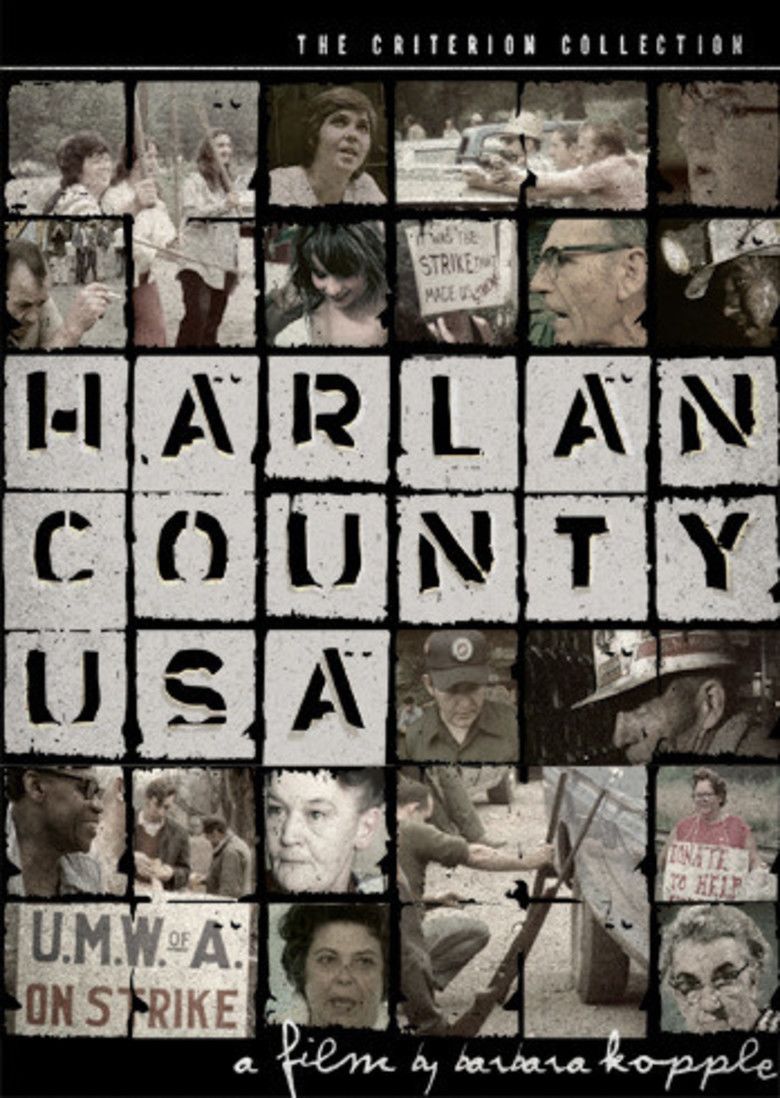 | ||||||||||||||||||||||||||||||||||
Release date October 15, 1976 (1976-10-15) (New York Film Festival) Cast Norman Yarborough (Himself - Eastover Mining President), Houston Elmore (Himself - UMW organizer), Phil Sparks (Himself - UMW staff), Bessie Lou Cornett (Herself), Lois Scott (Herself), Sudie Crusenberry (Herself)Similar movies Gandhi , Fight Church , Carré rouge sur fond noir , Railway Station , 1939: Hollywood's Greatest Year , The Flickering Flame | ||||||||||||||||||||||||||||||||||
Harlan county usa 1976 john sayles interview
Harlan County, USA is a 1976 Oscar-winning documentary film covering the "Brookside Strike", an effort of 180 coal miners and their wives against the Duke Power Company-owned Eastover Coal Company's Brookside Mine and Prep Plant in Harlan County, southeast Kentucky in 1973. Directed and produced by Barbara Kopple, who has long been an advocate of workers' rights, Harlan County, U.S.A. is less ambivalent in its attitude toward unions than her later American Dream, the account of the Hormel Foods strike in Austin, Minnesota in 1985-86.
Contents
- Harlan county usa 1976 john sayles interview
- Synopsis
- Interviews
- Critical response
- Awards
- Other distinctions
- References
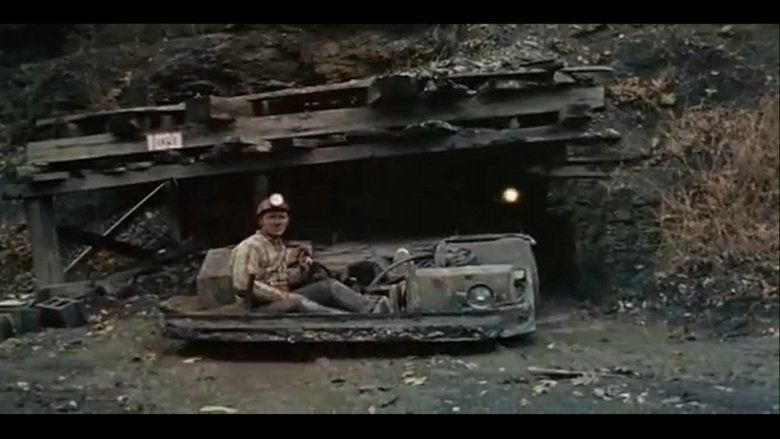
Synopsis
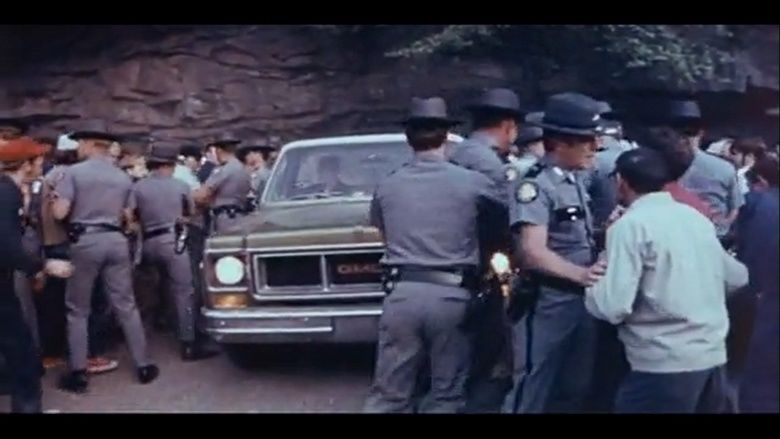
Kopple initially intended to make a film about Kenzie, Miners for Democracy and the attempt to unseat Tony Boyle. When miners at the Brookside Mine in Harlan County, Kentucky went on strike in June 1972, Kopple went there to film the strike against Duke Power Company which the UMWA had helped to organize. The strike proved a more interesting subject, so Kopple switched the focus of her film.
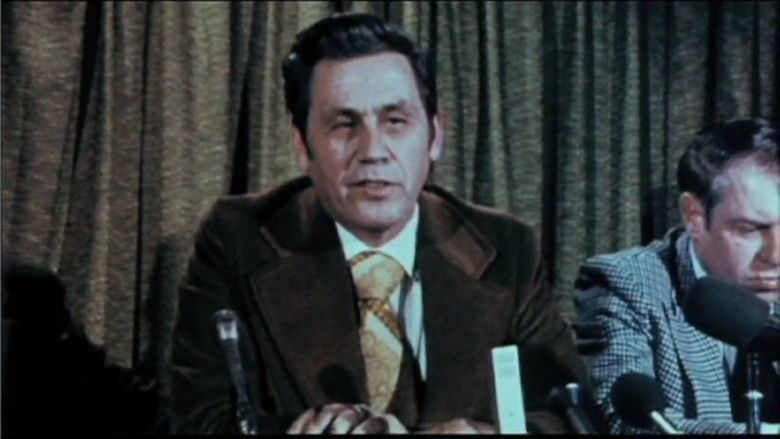
Kopple and her crew spent years with the families depicted in the film, documenting the dire straits they found themselves in while striking for safer working conditions, fair labor practices, and decent wages; following them to picket in front of the stock exchange in New York, filming interviews with people affected by black lung disease, and even catching miners being shot at while striking.
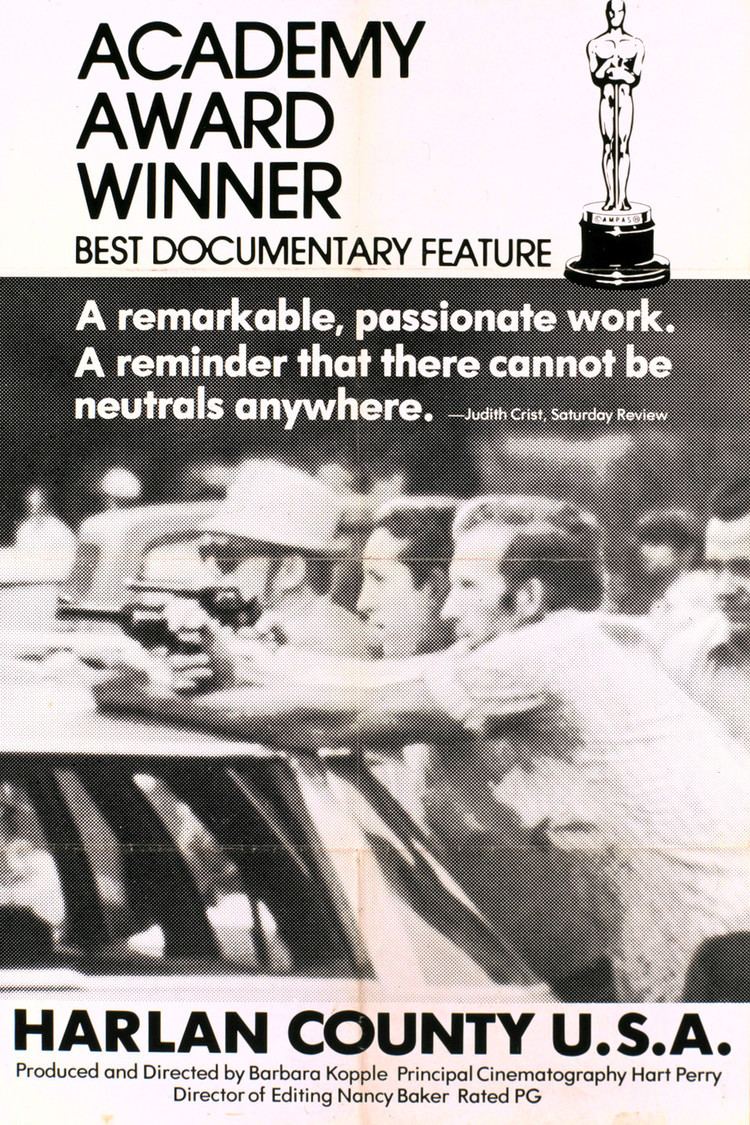
The most significant point of disagreement in the Harlan County strike was the company's insistence on including a no-strike clause in the contract. The miners were concerned that accepting such a provision in the agreement would limit their influence over local working conditions. The sticking point was mooted when, a few years after the strike, the UMWA folded the agreement that was eventually won by this group of workers into a global contract.
Rather than using narration to tell the story, Kopple chose to let the words and actions of these people speak for themselves. For example, when the strike breakers and others hired by the company show up early in the film—the strikers call them "gun thugs"—the company people try to keep their guns hidden from the camera. As the strike drags on for nearly a year, both sides eventually openly brandish their weapons. Kopple felt it was important to continue filming (or pretend to, when they were out of film) because their presence and support actually kept the violence down.
Kopple also relays statistics about the companies and the workers to support the strikers, such as the fact that Duke Power Company's profits increased 170 percent in a single year. Meanwhile, the striking miners, many of whom are living in squalid conditions without utilities like running water, received a 4% pay increase despite an estimated 7% cost of living increase for that same year.
Joseph Yablonski was a passionate, populistic union representative who was loved by many of the miners. Yablonski challenged W.A. "Tony" Boyle for the presidency of the UMWA in 1969, but lost in an election widely viewed as corrupt. Later that year, Yablonski and his family were found murdered in their home. Tony Boyle is shown early in the film in good health. Later he is seen frail, sickly and using a wheelchair, being carried up the courthouse steps to face a conviction for giving $20,000 to another union executive council member to hire the killers.
Almost a full year into the strike a striking miner named Lawrence Jones is fatally shot during a scuffle. Jones was well liked, young and had a 16-year-old wife and a baby. In the documentary, his mother can be seen breaking down during his funeral, screaming in agony and being carried away by male attendees. This moment, more than any other, finally forces the strikers and the management to come to the bargaining table.
A central figure in the documentary is Lois Scott, who plays a major role in galvanizing the community in support of the strike. Several times she is seen publicly chastising those she feels have been absent from the picket lines. In one scene, Scott pulls a pistol from her bra. Associate director Anne Lewis compares Scott to Women's Liberation activists in the film's 2004 Criterion Collection special feature The Making of Harlan County, USA.
Interviews
Critical response
When the film was re-released film critic Roger Ebert praised the film, writing, "The film retains all of its power, in the story of a miners' strike in Kentucky where the company employed armed goons to escort scabs into the mines, and the most effective picketers were the miners' wives -- articulate, indomitable, courageous. It contains a famous scene where guns are fired at the strikers in the darkness before dawn, and Kopple and her cameraman are knocked down and beaten."
Film critic Dennis Schwartz liked the documentary, yet believed it provided only one point of view. He wrote, "One of the better and more rousing labor strike films that calls attention to class war in America, though it doesn't offer enough analysis or balance on the issues (it sees the struggle solely through the miners' eyes)...The film does a good job chronicling the plight of the miners and telling their personal stories in a moving way, and the meaningful catchy coal mining songs add to the emotional impact of the historical event. Hazel Dickens's folk song lyrics of 'United we stand, divided we fall' and Florence Reece's lyrics of 'Which side are you on?' give one the full-flavor of the miners' mood and the union fervor sweeping the mining community in the black mountains of Appalachia."
Jerry Johnson, one of the striking Eastover miners, attributes the ultimate conclusion of the strike to the presence of Kopple and her film crew: "The cameras probably saved a bunch of shooting. I don't think we'd have won it without the film crew. If the film crew hadn't been sympathetic to our cause, we would've lost. Thank God for them; thank God they're on our side"
Awards
Other distinctions
References
Harlan County, USA WikipediaHarlan County, USA IMDbHarlan County, USA Rotten TomatoesHarlan County, USA MetacriticHarlan County, USA themoviedb.org
